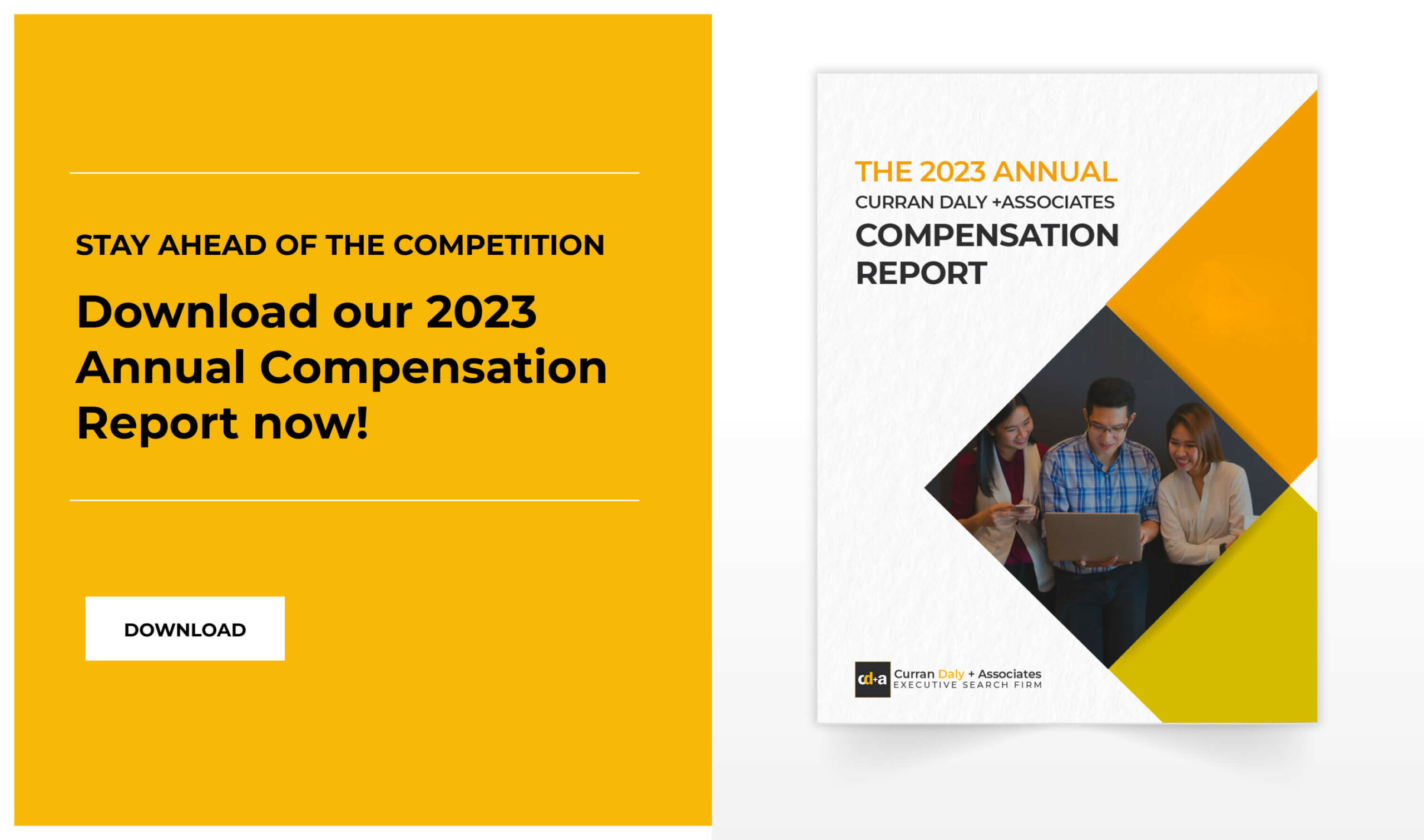- Navigating the aftermath of the pandemic is arguably one of the biggest business challenges for executives of our time. To keep the business going despite uncertainties, most executives have adopted new ways of working.
- As businesses get back on their feet, company executives are responsible for implementing fast-paced return to office mandates.
- Since the risks of exposure to COVID-19 continue to evolve, organizations need to be more flexible with their strategy.
- Executives need to understand that digital should be the cornerstone of any business recovery strategy in 2022.
- In fact, any return-to-office mandate should be supplemented by digital strategies at its core.
Even before the pandemic, remote work was already a tech-driven phenomenon that has been fostered by platforms such as Zoom and Slack for seamless business communication and collaboration.
From what was a nice to have office perk, COVID-19 has made remote work an absolute must-have for many workers. Two years into this setup, many employees have seen the benefits of remote work and the added flexibility of simply commuting from the bed to the home office. As the pandemic wanes, companies are starting to call their employees back to the office.
However, companies realize that they cannot just immediately require employees to return to the office arbitrarily. It’s not as simple as flicking a switch. There should be considerations and strategies in place throughout this transition period.
CDA’s Return to Office survey has shown that a significant percentage of employees would prefer workplace flexibility as they try to emerge from the after-effects of the COVID-19 pandemic.
Summary of Key Findings
● 29% are somewhat uncomfortable when returning to the office.
● 32% are worried about the risk of exposure when it comes to working on-site.
● 76% want their next role to be on a permanent remote work basis.
● 89% are open to a hybrid work setup if full-time remote work is not an option.
Navigating the Future of Work: Executives Leading the Change
Every organization has its own unique circumstances for returning employees as the pandemic unfolds. However, an executive’s primary consideration should be to advocate for the health and safety of employees. And consequently, for the organization’s consumers and stakeholders that they come in contact with.
“As organizations try to reopen their physical locations and get back to some form of ‘normal,’ leaders have to collaborate to promote health and safety in the workplace,” said Caroline Walsh, VP, Team Manager at Gartner.
In 2022, the world is opening up and economies are recovering. In this environment, senior leadership need to think critically regarding the company’s return to work plans. It all starts with a proper understanding of the workforce challenges that organizations face in a post-COVID-19 world, so they can respond accordingly.
Reimagining the Future of Work
As organizations brace themselves for business recovery, companies are choosing these three options when it comes to returning to the workplace: everyone will go back to the office, adopt a hybrid model, or provide more remote work opportunities.
Since the risks of exposure to COVID-19 continue to evolve, organizations need to be more flexible with their return to work strategy.
CDA’s return to office survey indicates that 29% are somewhat uncomfortable when returning to the office, while 32% are worried about the risk of exposure when it comes to working on-site.
Over the past two years, there have been various false starts globally that saw an immediate return to the office only to be shut down again due to a surge of cases. Organizations need to understand that while detecting COVID-19 symptoms early should be a priority, it’s also equally important to respond quickly and systematically to avoid panic among the workforce.
This is why it’s essential to implement a track and trace strategy among employees to support the organization’s efforts on prevention, avoidance, detection, and exposure to the virus.
While return-to-office strategies vary depending on the organization, companies still need to provide the right digital technologies to facilitate seamless employee interactions across all types of working environments.
Without a doubt, the pandemic has pushed organizations to embrace digital technology. It will now boil down to sustaining these strategies to remain competitive.
Organizations that have proactively invested in digital infrastructure are now showing a faster recovery in the aftermath of the pandemic. Executives need to understand that digital should be the cornerstone of any business recovery strategy in 2022. In fact, any return-to-work mandate should be supplemented by digital strategies at its core.
“This pandemic is a tipping point in the evolution cycle of the modern-day workplace,” said Ajit Chawla, the Global Head of Digital Business Unit at Birlasoft.
“As we navigate these tough times, organizations need to stay open, agile, communicative, and be receptive to embracing digital technologies,” he added.
Related: Delivering Growth and Pivoting for the Future with Resilient Leadership
Attracting and Retaining Talent
One of the main reasons why organizations are rethinking the future of work is because many employees prefer to work remotely, even after the pandemic. CDA’s survey showed that 76% of respondents want their next role to be on a permanent remote work basis.
Unsurprisingly, the survey also showed that a majority (89%) are open to a hybrid work setup if full-time remote work is not an option.
This implies that companies that offer a hybrid or fully remote environment will have a competitive advantage in attracting and retaining talent.
However, it’s also important to offer more than just flexible work arrangements. There are other benefits that companies provide to support employees with their return to work strategy. CDA’s survey results indicated that respondents think that childcare coverage, transportation allowance, or shuttle services, including clear protocols in mitigating the risks of exposure, will serve as attractive company benefits that will entice them to work back at the office.
In today’s highly competitive candidate-driven market, companies that can attract, develop, and retain the best talent have become a critical business differentiator. As employees begin to adapt to new ways of working, executives need to pay careful attention to change management. Bringing everyone successfully on the return to work strategy will require careful consideration and deliberation to attract and retain employees that support new working models.
Related: Female Leadership and the Pandemic Recovery: Creating an Inclusive Workforce for Businesses
Return to Work: An Executive’s Guide
Gartner provided a checklist that will help executives craft a timely return to work strategy for their employees:
When will be the right time to return to the office?
● Make sure that there’s a re-exit plan in place.
For employees to feel safe and safe and confident, companies need to ensure that they have a concrete plan that will prioritize their workforce whenever a new surge of infections occurs. Communicate all safety protocols and re-evaluate various workplace scenarios constantly.
● Ensure that employees feel safe.
It’s not just enough that there are safety measures in place. Employees must feel confident that they are safe if they return back to the office. Be transparent and specific about the organization’s plans, so employees understand the measures and perceive them to be safe.
● Wait until the employees are ready.
Don’t force employees if they’re unwilling to return to the workplace. Gather the right information to assess employee sentiment and comfort about returning to the office and continue monitoring employee engagement once they return.
Who needs to return first?
● Segment the return to office strategy in clusters.
Some organizations have already segmented their employees based on their roles, activities, and skillsets. Be flexible to employee needs by adding insights from their remote work experience to determine which of the segmented employees will be able to adjust quickly and remain productive.
● Decide who will return based on the work, not the worker.
For organizations that have successfully transitioned to remote work, require mid-level managers to make a case for returning on-site. Be flexible and create well-informed guidelines instead of rigid mandates to ease employees into returning to the office,
What’s required for the organization in the new working environment?
● The safety of employees will come first.
Making employees feel safe and supported while returning to the office is critical to business continuity and success. Identify and manage workplace moments that matter most to the employees upon their return and make their first day back as meaningful as possible.
● Communicate transparently about the risks.
The perception of safety is equally important as safety itself. Be as transparent as possible whenever there are potential risks of exposure. Even simple communication tools such as green, yellow, or red rating alerts to signal the dangers of exposure on a given day will help a lot.
● Acknowledge the non-work stress that employees may experience.
An employee’s return to work experience goes beyond the office. Employees may find it hard to commute and manage disruptions in their daily lives. These stressors tend to reduce their productivity at work. Be more compassionate and equip managers to respond to these situations by creating a reliable support system and coping strategies.
Let us help your company find top-notch executives to help your business recover from the pandemic in 2022.
Curran Daly and Associates are here to help you craft the best hiring and retention propositions for your executive hire. As one of the top recruitment agencies in Asia, we can help organizations find the best executives for the right role, in the most efficient timeframe possible.
Contact us today to learn more.
References:
An executive’s guide to building a return-to-work strategy in the Covid-19 era – ET CIO. (2022). Retrieved 7 June 2022, from https://cio.economictimes.indiatimes.com/news/strategy-and-management/an-executives-guide-to-building-a-return-to-work-strategy-in-the-covid-19-era/76853691
Korolevich, S. (2022). Retrieved 7 June 2022, from https://www.goodhire.com/resources/articles/the-great-return-manager-survey/
PricewaterhouseCoopers. (n.d.). Returning to the workplace after COVID-19: What boards should be thinking about. PwC. https://www.pwc.com/us/en/services/governance-insights-center/library/covid-19-returning-workplace-boards.html
Return-to-Workplace Guide for HR Leaders. (2022). Retrieved 7 June 2022, from https://www.gartner.com/smarterwithgartner/return-to-workplace-guide-for-hr-leaders










0 Comments